Superficial facial peeling: what is it and how is it carried out?
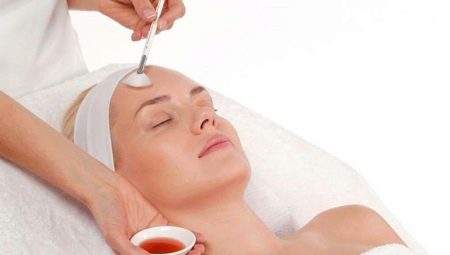
In the price list of any beauty parlor, you can find a huge number of different types of peeling. Some of them are very popular, others are less in demand. In any case, peels are a necessary part of a beauty ritual. It is better to start your acquaintance with superficial peeling - a procedure for gentle cleansing of the face.
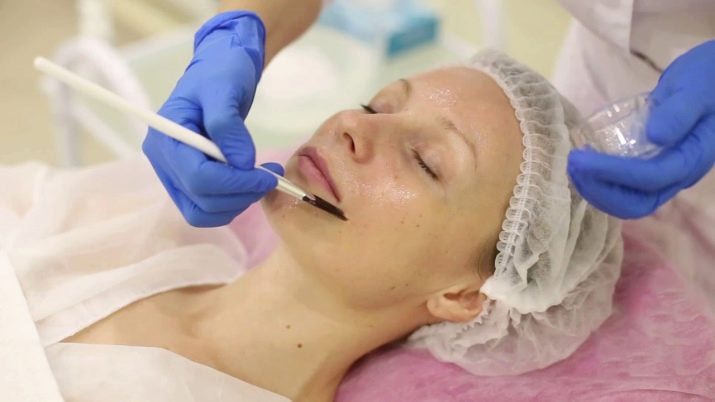
Operating principle
Unlike medium and deep cleansing, superficial peeling works only on the upper layers of the epidermis.
The cosmetic procedure has an effect in two directions - active substances cleanse the skin and rejuvenate it (stimulate the natural production of elastin and collagen). As a result of peeling, the cells are cleansed, exfoliated, fresh, soft and even skin breaks through to the surface. In this case, the active ingredients of the procedure do not penetrate beyond the basement membrane and do not touch the dermis.
For best results, peeling courses are recommended. The number of procedures is assigned in each case individually. On average, for the treatment of skin with advanced forms of acne, 10 procedures are done, with the aim of rejuvenating less - 5. The course is carried out twice a year, during the period of the lowest solar activity.
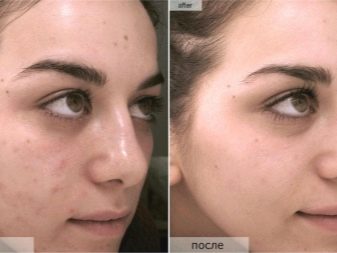
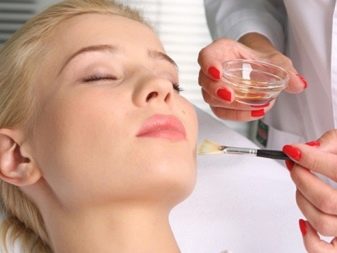
Based on the analysis of the principle of action of surface peeling, several important advantages can be distinguished.
- Soft, gentle action on the skin. It affects only the epidermis, without damaging the basal layer and not penetrating into the dermis.
- Possibility of frequent regular procedures due to the gentle action.
- All-season nature of peeling.This allows you to cleanse the skin in any season, even with increased solar activity, without forgetting to use products with SPF.
- Alternating different types of surface peels. This will bring more noticeable results, more effectively heal and have a rejuvenating effect. The advantage will be that the active substances will not disrupt metabolic processes, will not lead to regenerative dysfunction.
- Low cost of the procedure. The price depends on the popularity of the salon, the beauty parlor, the experience and professionalism of the specialist.
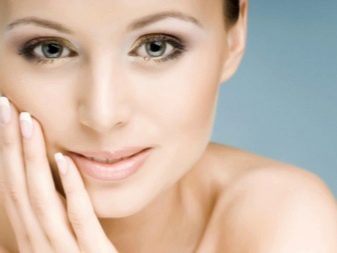
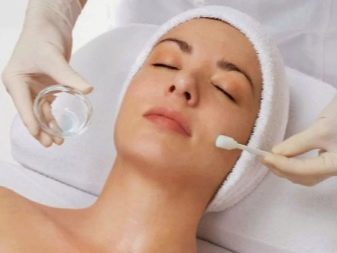
- The ability to perform the procedure at home. In stores, you can find products that you can use at home on your own. They are distinguished by a gentle composition, but with regular use they are effective.
- Efficiency of the procedure. The peeling is carried out for a maximum of 50 minutes.
- Fast recovery - after about 3 days, the skin becomes soft and rejuvenated.
There are practically no drawbacks to surface peeling of the face. The only drawbacks are the presence of contraindications and the need for thorough skin care during the rehabilitation period after the sessions.

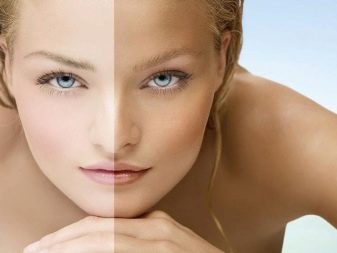
Views
Superficial peeling is a general concept that includes several types of this procedure. Cosmetologists distinguish three main types.
Mechanical
They say that mechanical cleaning is the most effective, but also painful. It can be done with scrubs using a special brush. The principle of operation of mechanics is the effect on the skin of an abrasive agent that removes dead cells.
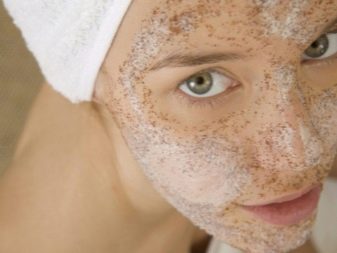
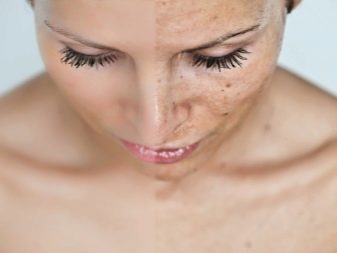
Hardware
During vacuum peeling, the cosmetic device creates a vacuum effect and, through special attachments, draws out the deepest impurities without injuring the skin.
Brush peeling is carried out with brushes and sponges, which are set in motion with a nozzle. The brush makes the skin loose, due to which it is cleansed of impurities, dead cells, smoothed, becomes smoother and more uniform.
Ultrasound machines are painless. Ultrasound activates the metabolism at the cellular level and triggers the production of proteins for skin renewal.
Laser peeling is painful, but effective. The power of the laser beam destroys several layers of the epidermis, after which the skin becomes well-groomed, clean, smooth.
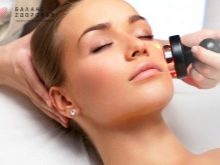
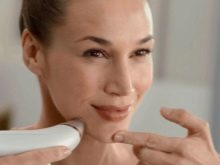
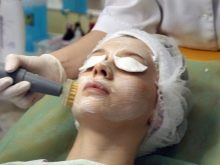
Chemical
This peel is based on the work of fruit acids and enzymatic compounds. Based on this, several peeling subspecies are distinguished.
The first is enzyme. Enzymes are enzymes that speed up various processes in the human body. Enzymes can be plant, animal and bacterial. They gently act on the skin, cleanse from impurities, dead cells. Suitable for all skin types, including sensitive skin.

The second is acidic. The composition of the funds includes acids. They are used depending on the initial data of the patient.
Acids do an excellent job with the first signs of aging, shallow wrinkles, age spots.
- Lactic acid is hypoallergenic, it gives a healthy complexion to the skin, makes it elastic, suitable for women over 18 years old.
- The active ingredient in almond peeling is bitter almond extract. Removes acne, the effects of acne, evens out the tone.
- Glycolic acid works in such a way that it opens the access of active substances to the deep layers of the skin.
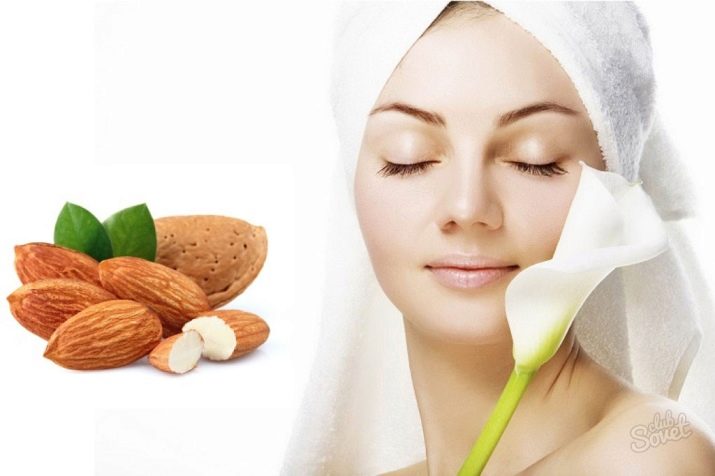
- Salicylic peeling is used for the active stage of acne, inflammation, and rashes.
- Retinoic acid is indicated for women over 35 years old when the skin loses its elasticity and deep wrinkles appear.
- For advanced skin conditions, seborrheic dermatitis, acne in the acute phase, acne, and other severe inflammatory processes, Jessner peeling and TCA peeling are performed. They have a bactericidal effect, whiten the skin, and restore it.
Acid peels are the most popular, their results are immediately noticeable, and the effect is long-lasting.
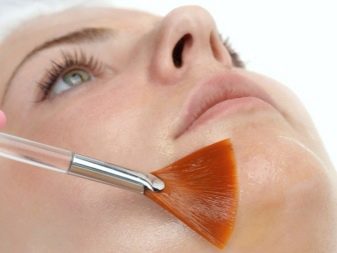
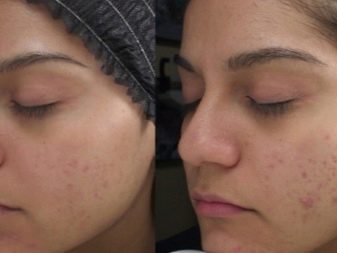
The third is combined.To achieve the best results, enzymes and acids are combined in one procedure.
Each type of peeling has its own action and effect, therefore, a doctor's consultation is necessary for the correct selection of the procedure.

Indications and contraindications
As with any procedure, peeling has its own limitations.
Cosmetologists include the following contraindications:
- pregnancy and lactation;
- diseases - malignant tumors, diseases of the cardiovascular system, dermatological problems in the acute stage, such as herpes, demodicosis, acne, various viruses and infections;
- damage to the skin - these can be wounds, scratches, neoplasms - warts, atheromas, papillomas;
- allergic reactions to the components of the peeling.
Each contraindication is discussed in consultation with a doctor, if necessary, tests and examinations of other specialists are prescribed.
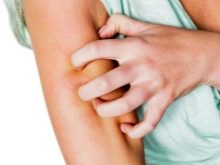

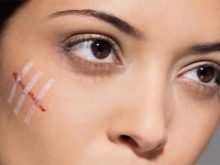
Superficial peeling is indicated at the first signs of aging - the appearance of expression and age wrinkles. Peeling is recommended in the presence of pigmentation on the face, acne, post-acne, rash. An uneven complexion, scars and scars are also indications for the procedure.
Regular and timely peeling will help you quickly get rid of these problems.
However, cosmetologists warn that certain risks are possible:
- during the period of exacerbation of the rash, peeling will lead to a deterioration in the condition of the epidermis;
- carrying out the procedure in the season of solar activity and not using funds with SPF filters will cause pigmentation;
- at home, you can not strongly rub the particles of the product into the skin, otherwise irritation will become the consequence;
- when using a new composition, it is imperative to conduct an allergy test (apply the product on the wrist, rub in a little and wait 15 minutes).
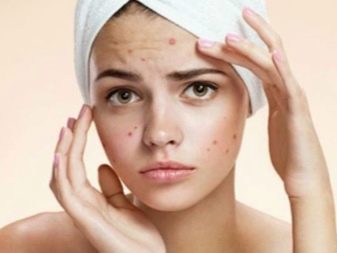
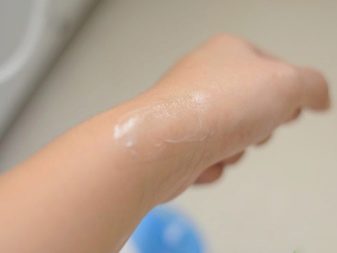
Procedure steps
To effectively solve problems with the skin of the face, you need to find a competent specialist - a professional cosmetologist with experience in aesthetic medicine. It is worth paying attention to several points - the level of the salon, clinic, the popularity of the doctor, his education, you can ask to get acquainted with licenses, training diplomas, certificates of continuing education. Usually, patients are guided by the reviews of friends and information posted on the Internet. The outcome of the procedure directly depends on the choice of the beautician.
The specialist was chosen, now he must conduct a detailed consultation. In the course of the conversation, the client finds out what defects bother him, what he wants to get after the peeling. Also, the doctor will ask if there are any contraindications and, if necessary, will prescribe additional examinations, tests, consultations of other doctors.
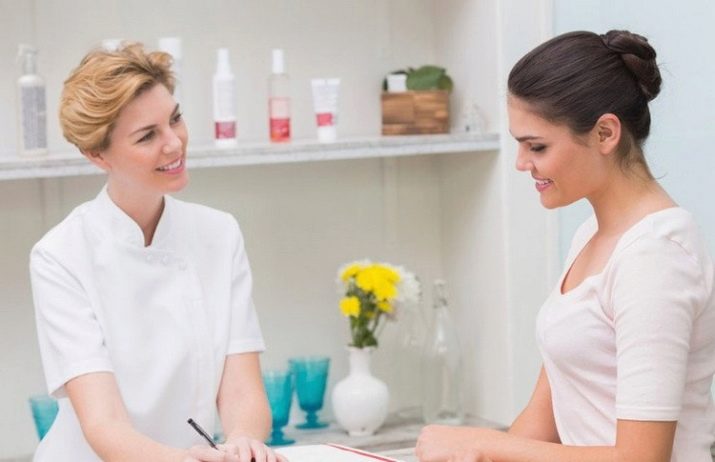
The next step is peeling. The procedure consists of several stages.
- Preparatory. It consists in one main principle - the presence of clean skin. The face is cleared of makeup and other impurities. For this, a soft gel or foam is used. After the surface is degreased with a special toner and a preparatory gel with a low acid content is applied, which will help to level the epidermis, prepare the skin for uniform penetration of the solution.
- Basic. A composition with active substances is applied to the skin. There are two methods of application. In the first, gentle version, the product is applied with a brush with quick, light movements. This method is suitable for a face with minor imperfections. The second method is aggressive, applying with a tampon using pressing movements. The tool remains for a period of time from 30 to 50 minutes, depending on the goals pursued and the condition of the epidermis. For other types of peeling, appropriate manipulations are carried out.
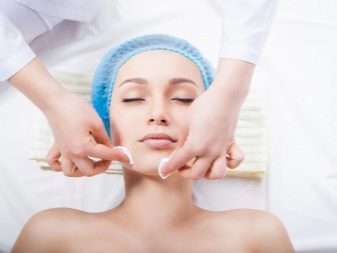
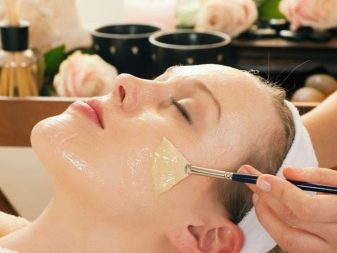
- Neutralizing. A gel is applied, which stops the action of the active substances. Preparations are removed from the face with clean water.
- Final. The skin is soothed and needs to be moisturized and nourished with a mask and cream.
According to the reviews of most patients, the surface peeling procedure makes the skin smooth, removes wrinkles and acne marks, and removes age spots.
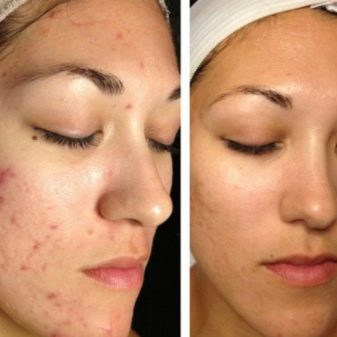
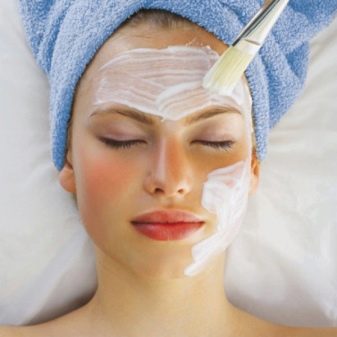
Follow-up care
The main feature of the rehabilitation period after peeling is skin peeling and dryness. Therefore, it is important to support the face in terms of hydration and refrain from traumatic influences.
Cosmetologists are advised to adhere to some rules of care.
- Follow the doctor's recommendations.
- For a week, give up decorative cosmetics, aggressive scrubbing agents. Use medications - "Panthenol" and "Bepanten".
- Stop visiting the solarium and the beach.
- Do not peel off any crusts that form.
- Wash with moisturizers and apply moisturizing masks.
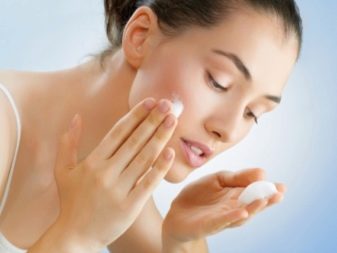
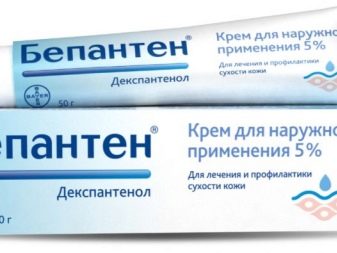
For information on how to do superficial facial peeling, see the next video.








